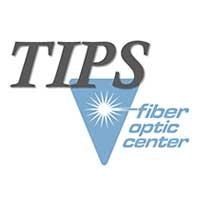
Over the years, I have found chemical visibility to be a real advantage. In a glass bubbler, you can confirm proper chemical level, confirm a uniform bubble stream, and view the chemical color (A color change may indicate delivery system corrosion). Glass bubblers offer these additional benefits:
- The bubble stream can be observed and frit plugging can be detected, rather than assuming all is well.
- POCl3 is not compatible with stainless steel for long durations. If you use this liquid and have a stainless steel gas delivery system, you may want to install a glass bubbler to create a hybrid system.
- On rare occasions, you may want to increase the chemical temperature in the bubblers above 40 degrees C. This practice can pull metal ions from stainless steel and into your bubble stream. Clearly, this can degrade the fiber’s optical properties and should be considered when choosing an MCVD system.
Additional resources from the FOC team include:
- Category Resource
- View the Glossary, Acronyms, Military Specifications for Connectors
- Q&A Resource: email technical questions to AskFOC@focenter.com
Have questions about this FOC Tip?
Contact FOC with questions at: (800) 473-4237 / 508-992-6464 or email: FiberOpticCenter@focenter.com and we will respond ASAP.
Additional articles from our preform fabrication consultant include:
- MCVD Tips: 14 ideas to enhance preform strength, yield, and reproducibility
- MCVD Options: These add-on features can enhance your optical fiber preform strength, yield, and reproducibility
- Controlling the optical fiber preform deposition process
- Preparing to Manufacture an Optical Fiber Preform
- Critical Design Goals to Manufacture Optical Fiber Preforms
- Comparing the 2 types of MCVD gas delivery systems to manufacture optical preforms: Stainless steel and Teflon/glass
- Attention specialty fiber manufacturers: Take advantage of FOC’s preform fabrication consulting to troubleshoot your system and achieve reproducibility and high yields


